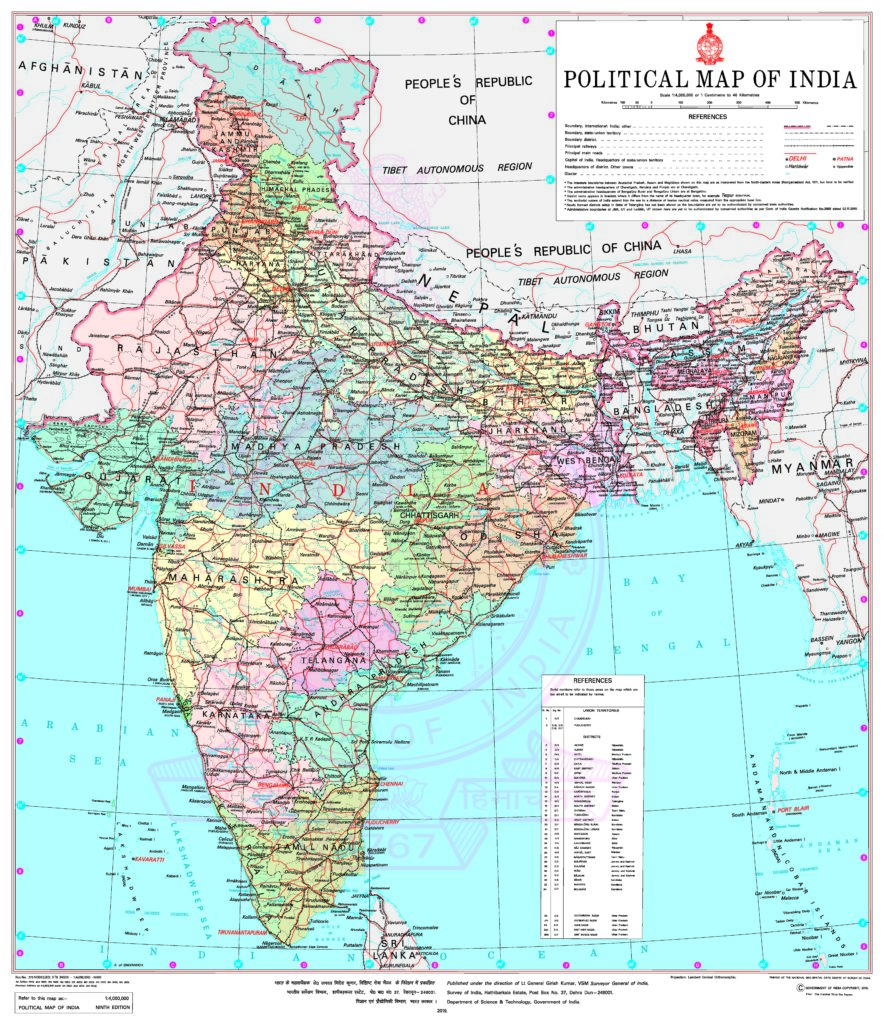
Make 1:25,000 maps, 1-meter satellite imagery freely available: Indian geospatial thinktank
 India’s collection and use of geospatial data have increased exponentially in the last few years. With the central government’s push toward smart cities and massive infrastructure development taking place across the nation, various government organizations are leveraging remotely-sensed, location-specific data in major national programs. However, in the absence of an integrated national geospatial policy, the country has not been able to exploit the full potential of this transformative technology.
India’s collection and use of geospatial data have increased exponentially in the last few years. With the central government’s push toward smart cities and massive infrastructure development taking place across the nation, various government organizations are leveraging remotely-sensed, location-specific data in major national programs. However, in the absence of an integrated national geospatial policy, the country has not been able to exploit the full potential of this transformative technology.
To that end, a high-level thinktank has released a new vision document called Geospatial Strategy for New India, calling for the formation of an independent, non-partisan autonomous agency under the Prime Minister’s Office for shaping India’s geospatial roadmap. The document, which was released during the GeoSmart India 2019 conference, proposes the establishment of an autonomous geospatial agency that would act as the vanguard of all public sector data in India.
Some of the proposals made by the thinktank include:
Map and Data Policy: There should be minimum restrictions while respecting privacy, national security and commercial confidentiality. Maps up to 1:25,000 and 1-meter resolution remotely-sensed imagery should be made freely available.
CORS Network: India must have a country network of 4,000 CORS stations (Continuously Operating Reference Stations).
IRNSS Implementation: States can be encouraged to use IRNSS – the independent regional navigation satellite system developed by ISRO – as part of their public transportation systems such as buses and emergency services, among others.
For a country like India that seeks to become a $5 trillion economy by 2024, leveraging the digital advancements by establishing a strong digital and geospatial data infrastructure are need of the hour, the thinktank points out. Integration of geospatial technology in the government’s ‘New India’ vision will enable the development of applications that enable efficient workflows across industries, including agriculture, health, education, housing, disaster management, environment, and urban development.






